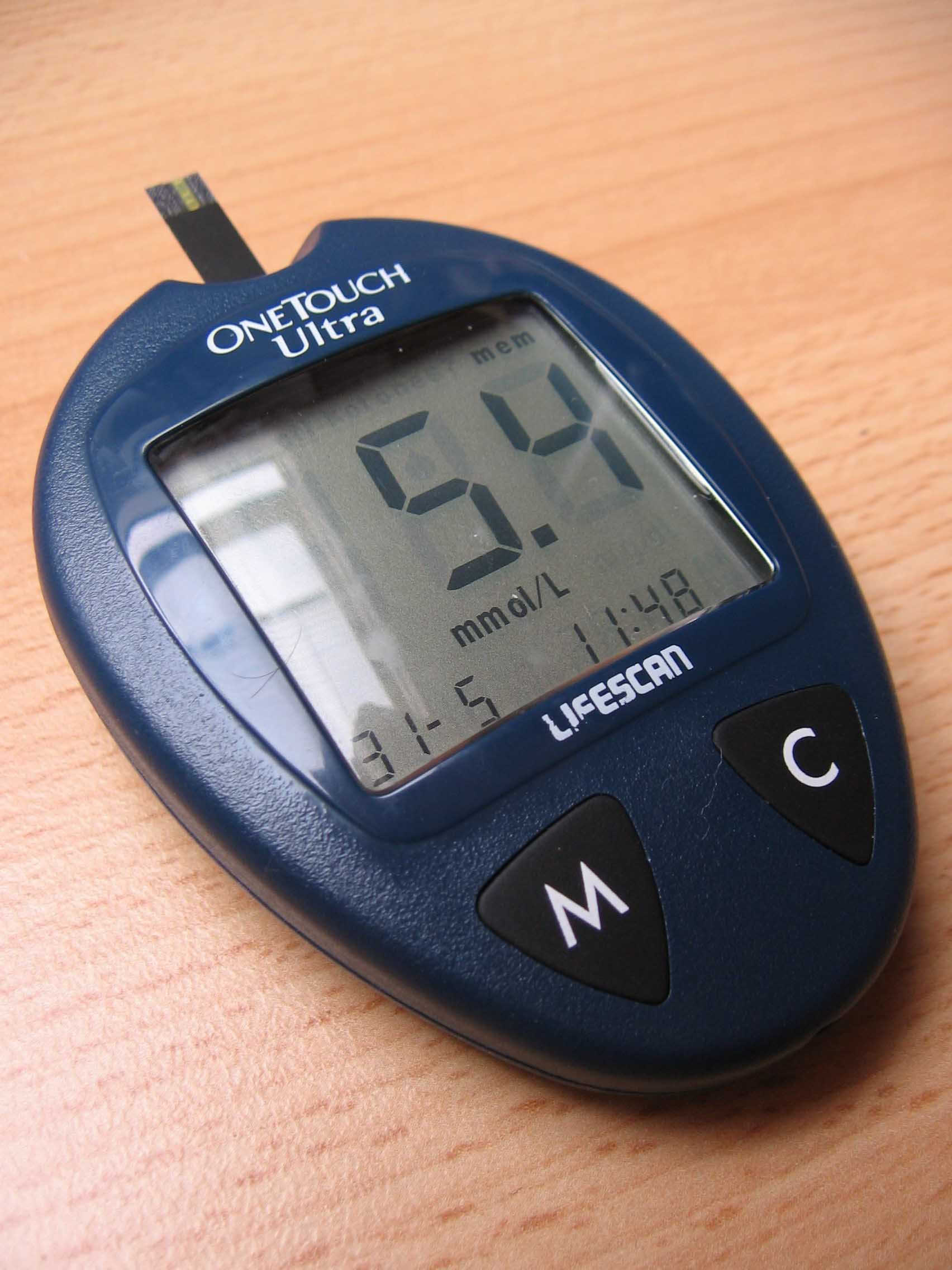A company in California has invented biosensors that can be injected into the body and not be rejected by the body’s immune system. They could well replace traditional clinical laboratory testing and make our bodies continually accessible 24/7 so that we know exactly whats going on in our bodies and improve our health. The capability for these new biosensors to provide long-term, continuous streams of live data about the levels of various molecules in our body could completely alter the relationship we have with our bodies as well as transforming the healthcare system.

We rarely get the chance to see whats happening inside our body unless we see an x-ray or have specific tests done; we rely on our doctors to take some blood or perform other one-ff tests in order to get a single snap shot of whats going on and interpreting it for us.
If we could see the data for ourselves continuously in real time, then we can make timely choices to prevent symptoms getting worse and have a continuous conversation with our own bodies to keep it within healthy parameters.
These new biosensors will have uses not only for healthy individuals wishing to remain so and monitor their health and fitness but also could be used in the management of chronic diseases such as diabetes and COPD.
“Our tissue-integrated biosensor technology meets three key criteria for continuous monitoring: First, the data needs to be clinical-grade so that you and your healthcare provider can make medical decisions about your health and wellbeing. Second, the user experience needs to be seamless so adoption can fit into any workflow environment. And finally, the technology needs to be accessible at a reasonable cost in a form function that’s easy to use,” explained Dr Hwang.
The biggest hurdle of biosensor development has been how to overcome the effects of the foreign body response and to stop the body from rejecting what it thinks are foreign objects. The biosensors are placed under the skin with a specially designed injector. Each biosensor is a flexible fibre of 3-5mm long and 500 microns in diameter. Rather than being isolated from the body these sensors are fully integrated into the tissue of the body. There are no metal devices or electronics involved and therefore overcomes the effect of the foreign body response.
Each biosensor is comprised of a bio-engineered ‘smart hydrogel’ which is similar to contact lens material which forms a porous, tissue-integrating scaffold that also induces blood vessel growth and cell growth in the surrounding tissue. The smart gel is linked to a florescent light-emitting molecule that continuously signals the presence of a body chemical like oxygen or glucose.
Adhered to the skin’s surface or held by hand, a separate optical reader is used to read the fluorescent signal from the embedded biosensor. The reader sends excitation signals through the skin to the biosensor, which then emits light proportional to the concentration of molecules being tracked. The data can be relayed to a smart phone for an encrypted personal record and historical tracking.
Their oxygen sensing system that the company has developed is a single biomarker sensor designed to measure dissolved oxygen in the tissue. It is the only long-term monitoring technology that guides therapeutic action and measures tissue oxygen levels during the treatment and healing process for peripheral artery disease (PAD). It will be available in Europe this year to be used by vascular surgeons and wound-healing specialists. Other respiratory disease patients can also benefit from using this technology such as those who suffer with COPD. They can continuously measure their oxygen levels using real time data in order to be able to adapt and alter medications and supplemental oxygen flow rates in order to prevent exacerbations and hospital admissions. It would help respiratory disease patients to continuously monitor their condition and provide real data for their healthcare provider to monitor and aid in their long-term treatment. It could help prevent exacerbations and help to prolong quality of life and increase survival rates.
In the future we would be able to monitor practically every biomarker in our body and would not need blood tests and some other clinical monitoring tests at hospital to be performed and would reduce the burden upon on the healthcare system. Results could be sent wirelessly to the doctor who could monitor from afar and would change the way medicine is practiced and put the responsibility and control into the hands of the patient.
References: http://www.prnewswire.com
2 Comments
Add comment Cancelar la respuesta
Lo siento, debes estar conectado para publicar un comentario.





I’ll right away take hold of your rss feed as I can’t find your email subscription hyperlink or newsletter service.
Do you’ve any? Please let me realize in order that I
may subscribe. Thanks.
You can subscribe to the blog and get notifications, we also add everything to our website https://www.oxygenworldwide.com